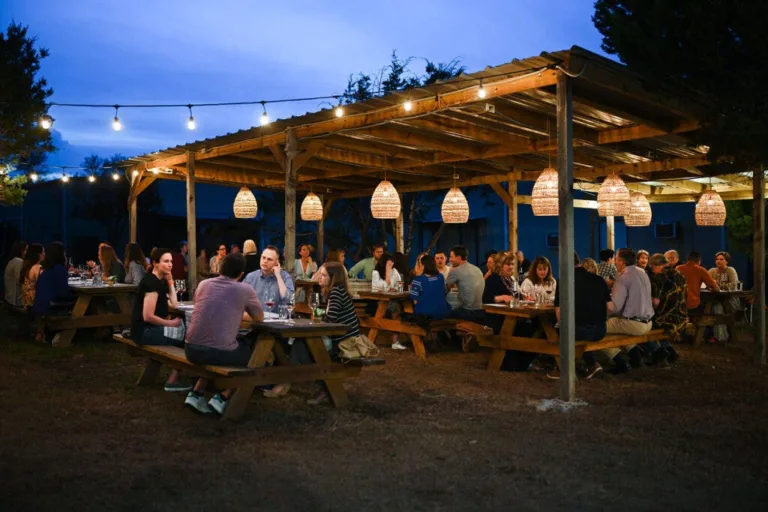Krakow runs on milk bars. These no-fuss canteens serve affordable yet filling meals that taste like Babcia’s house—big, honking dessert and all—and they hold a deep, nostalgic place in Poland’s national psyche. While the country’s food scene has been sprinting in the opposite direction of hearty staples like żurek soup, schabowy pork cutlets, and pierogi ruskie (more on those later), milk bars have remained steadfast, soul-soothing, and as reliably satiating as ever.
In modern Poland, milk bars (“bar mleczny” in Polish) seem like an anachronism doomed to die out. Polish culinary school graduates aren’t clamoring to work at canteens, and the bars’ aging workers are retiring in droves. Even if the establishments were to survive, would they not be Brooklynized into kitschy brunch restaurants or turned into a franchise by yet another vulture fund?
Curious (and hungry), I went to Krakow to find out what the future holds for these treasured restaurants. That’s how I met Michał Turecki. Turecki is a born-and-raised Cracovian food guide, writer, and cook who—like many Poles—can trace life’s milestones back to milk bars. On a cloudy-turned-sunny April morning, I met him outside Bar Centralny. Two minutes into the conversation, he was already drifting into misty-eyed nostalgia: When his grandmother passed away seven years ago, he went straight to nearby Bar Północny to cry over a plate of pierogi ruskie because they reminded him of the ones she used to make.
Milk bars’ emotional connection has a lot to do with history, and







